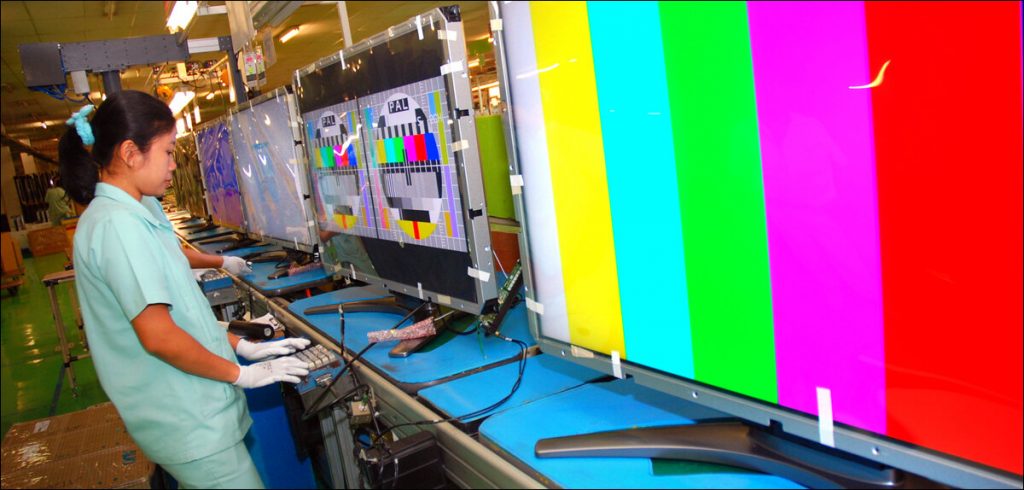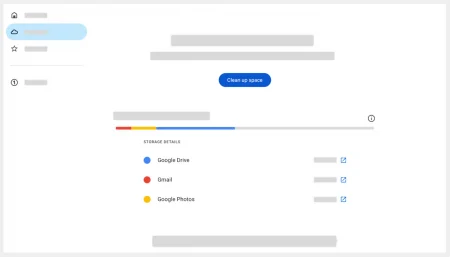Adarsh takes you through the federal government’s plans to make India a global electronic hub within the next 3 years.
The announcement came at Tirupati. Rajeev Chandrasekhar, the Minister of State for Electronics and Information Technology, was visiting India’s first lithium cell manufacturing facility of Munoth Industries at the Electronics Manufacturing Cluster.
“It’s an honour and privilege to be on this blessed land of Tirupati – abode of Sri Venkateswara. For me, it is personally very fitting to be in Tirupati EMC and in India’s first lithium cell manufacturing plant. Our vision is to edge past the target of $300 billion worth of electronic manufacturing and exports by 2025-26. It translates to ₹25 lakh crores, 24 times more than what it was when PM Modi took over in 2014 – ₹1.10 Lakh crores,” said Chandrasekhar.
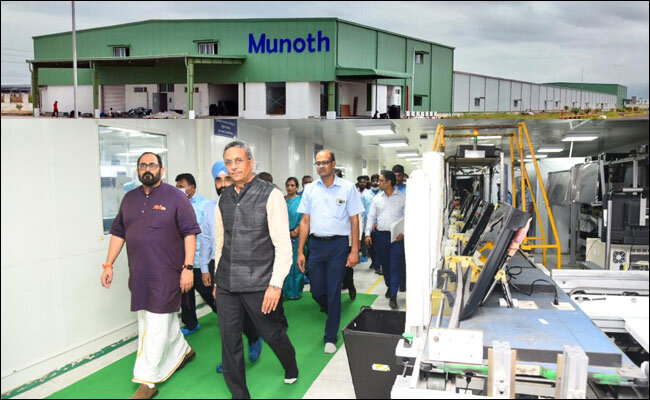
(Image Credit: Sakshi Education)
That seems like an ambitious target considering India hopes to reach $300 billion worth of electronics manufacturing and exports by 2025-26. To do this, specific product segments with high potential for scale have been shortlisted and catered to by way of incentives and policy measures.
This is as per the Vision Document 2.0 prepared by the IT Ministry and the India Cellular and Electronics Association (ICEA).
Vision Document 2.0
The Vision Document 2.0 clearly details out how India can achieve their ambitious $300 billion target. Export is a major focus area. Exports of $120-140 billion are critical to reach the mark for electronics manufacturing. This is key for the $5 trillion economy, $1 trillion digital economy and the $1 trillion export target envisaged by the Ministry of Electronics and Information Technology and the Ministry of Commerce and Industry, respectively, according to the document.
It also adds that India is one of the leading contenders for alternate solutions for global electronics companies. The electronics sector has the potential to become one of the top exports of India in the next 3-5 years. Electronics exports may account for significant contributions to the Indian economy in terms of foreign exchange earnings and employment generation.
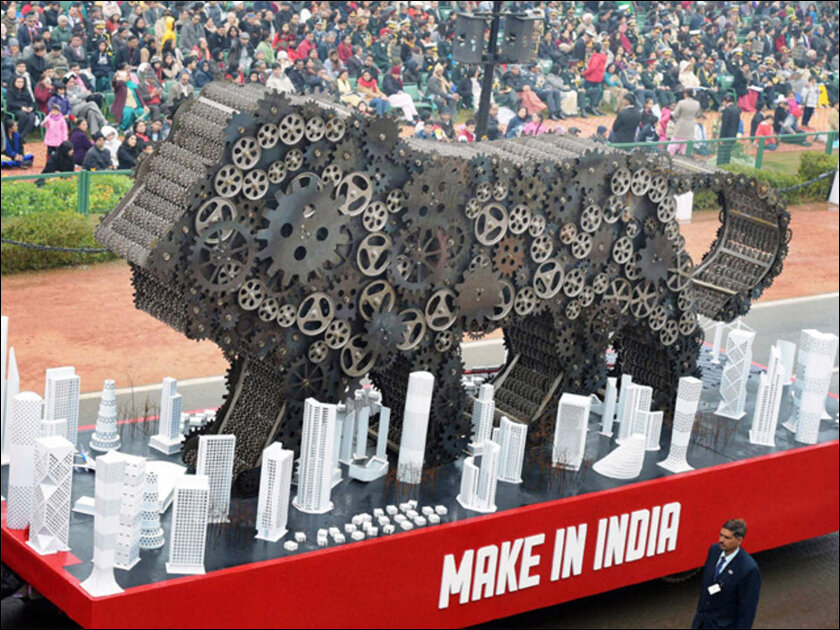
How India has been Growing
Spearheaded by the production and sales of locally-manufactured mobile phones, India’s electronics industry saw a record exports of electronic goods at an estimated ₹1,85,000 crore in FY 22-23. This is a whopping 58% increase compared to ₹1,16,936 crore in FY 21-22.
As per ICEA data, mobile phone exports also made history by crossing the $10 billion threshold for the first time in any fiscal year, reaching an estimated $11.12 billion in FY 23. In Indian currency, that number is well over ₹90,000 crores!
The electronics manufacturing industry has grown from $37.1 billion in 2015-16 to $67.3 billion in 2020-21. Continuing on the path of import substitution, India’s domestic electronics market is estimated to reach at best $150-180 billion from the current $65 billion over the next 4-5 years.
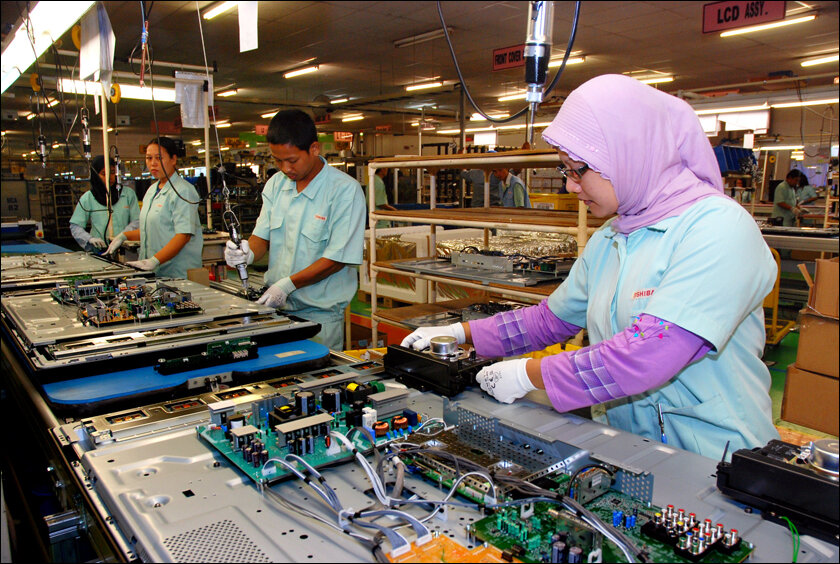
What the Upcoming Plans are
The main reasons for this ambitious project are twofold: to curb overreliance on Chinese imports and to create job opportunities in India by getting multinational companies to diversify their supply chains.
In accordance with this, India’s federal government has come up with a series of policy reforms. It has also committed substantial resources to attract diversifying electronics supply chains. In 2020, the Production-Linked Incentive program was introduced and this is integral to offering significant subsidies for companies that invest in domestic manufacturing.
The federal government has allocated over $6 billion for incentive programs in the electronics sector. This is applicable to smartphones, telecommunications equipment, laptops, servers and semiconductors.
In accordance with the federal government’s actions, several Indian states have introduced their own policies for electronics manufacturing investment. States such as Karnataka, Gujarat, Tamil Nadu, Uttar Pradesh and Telangana have come up with policies involving the expansion of industrial parks, concessionary rates for land and utilities, capital investment subsidies and workforce skilling incentives.
The state governments are working closely with the federal government to make it easier to do business, by eliminating bureaucratic roadblocks and accelerating approvals, licences and other permits for investors.

Apple’s Trust in India
Apple has increased its investment in India which is good news for the country’s ambitions. The American company became the first to export $1 billion worth of smartphones from India in a single month in December 2022.
There have been some ambitious commitments by Apple contract manufacturers Foxconn Technology Group, Pegatron and Wistron which means 25% of all iPhones in the world could be made in India by 2025, which is a significant rise from the current 5%.
Apple’s confidence in India as a viable manufacturing destination has helped other global companies to commit to putting parts of their supply chains in India. Companies like Samsung Electronics and chipmaker Micron are already following suit.
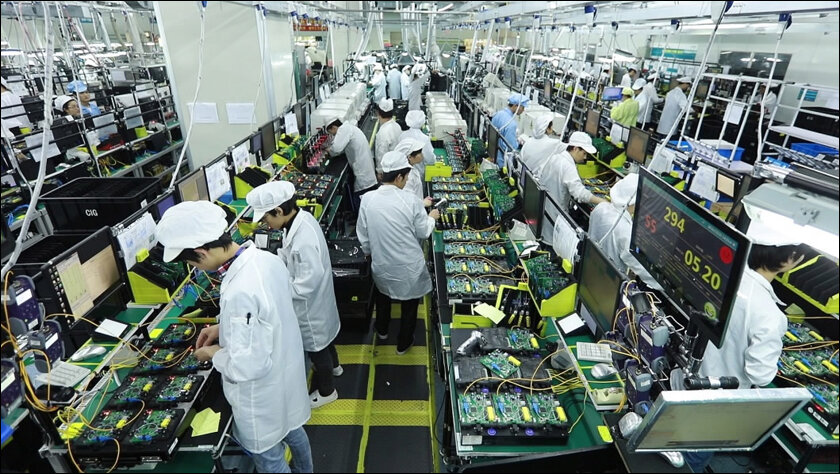
The Final Word
The $300 billion target might seem lofty but everything seems to be on track. The federal government is also prioritising greater international market access for Indian electronic goods through an aggressive push for free trade agreements. There are already pacts in place with the UAE and Australia and negotiations are ongoing with the UK, European Union and the four-nation European Free Trade Association, among others.
As things stand, there is no reason we won’t hit the mark by mid-2026 and India will become a force to reckon with in the electronics sector!
In case you missed:
- Target, NVIDIA Best Tech Workplaces in India, Amazon, InMobi among Worst
- India’s AI Ambitions in the Spotlight amidst DeepSeek’s Disruption
- iPhone 16: Price, Release Date, Specs & More
- India rises to 2nd Place in Global Smartphone Sales, 3rd in Market Value
- How AI is Revolutionizing Combat for Indian Defence Forces
- 15 Billion Transactions a Month! How UPI is transforming India’s Digital Economy
- WhatsApp adds New Document Scanning Feature
- Why is Indian Education Sector facing Record Number of Cyberattacks?
- Apple Intelligence to increase Global Reach with Multilingual Support
- Talk to ChatGPT with new AI Glasses



